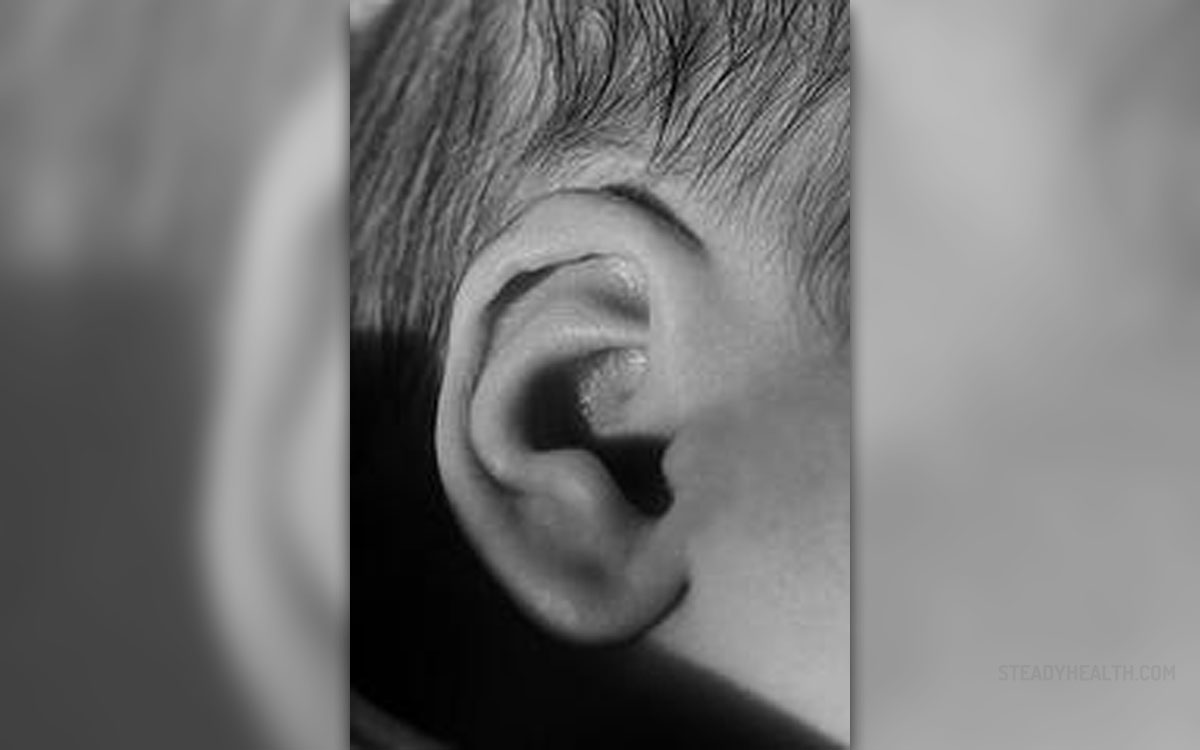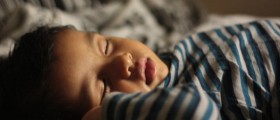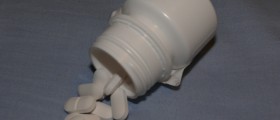
Otitis media, medically known as inflammation of the middle ear, is a condition that predominantly affects children. Interestingly enough, approximately 50% of infants develop an ear infection at least once during their first year of life. The condition may become recurrent and this is the case if the infection occurs at least three times within a 6-month period. This medical condition is considered a common childhood illness and is easily dealt with by using antibiotics.
Symptoms Suggestive of Otitis Media
Most children suffering from a variety of different diseases, especially if they are rather young, experience almost the same general symptoms and signs such as restlessness, irritability, wakefulness and poor feeding. The same refers to otitis media. Older children are capable of telling that their ear hurts (complain about earache) and they may experience hearing loss, ear fullness or ear popping. They may additionally develop fever or suffer from sore throat. Since many times otitis media actually develops as a consequence of viral infection of the upper respiratory tract, such children initially experience runny nose or cough while the ear-associated symptoms and signs occur later.
A well experience doctor, especially a pediatrician, will take all the symptoms and signs into consideration and perform a thorough physical exam along with oral and ear, nose and throat examination. It may be sufficient enough to investigate the eardrum on the affected side and see that it is bulging due to accumulated fluid or pus inside the middle ear. Perforation of the eardrum is another sign of the ongoing otitis media. Perforation is generally associated with discharge.
Discuss Prevention of Otitis Media
Each and every parent as well as a caregiver are supposed to be familiar with prevention of middle ear infections and inflammation. It is proven that the condition rarely affects breastfed babies. So by encouraging breastfeeding, doctors tend to reduce the incidence of otitis media. Even if a child is bottle fed, by feeding the child upright, the condition can be prevented as well.
Furthermore, it is essential to avoid exposure to second hand smoke. If parents are smokers, they are supposed to smoke in other room and under no circumstances expose their newborn to passive smoke.
Even limiting exposure to numbers of children can be of additional help. Older children must be taught how to wash their hand properly and prevent infections of the upper respiratory tract in the first place so that they can successfully prevent secondary otitis media.
And finally, by preventing viral upper respiratory infections in general, the incidence of otitis media may significantly reduce.
Initiate Appropriate Treatment
Children potentially suffering from otitis media and with low risk should be treated with wait-and-see approach. Therefore, if the disease is not severe, symptoms are mild and well-tolerated and the diagnosis is not completely confirmed, children are basically administered oral or topical analgesics and are closely monitored for 48-72 hours.
In case within the mentioned period of time symptoms and signs become more intensive, the child's general health deteriorates and he/she starts to feel much worse, doctors prescribe antibiotics. More complex disease is always accompanied by fever equal to or higher than 39 º C and moderate to severe earache.
As far as antibiotics are concerned, the first option is amoxicillin. This is a member of penicillin group. The drug is considered rather safe, highly efficient and well-tolerated by many children. The dose is adjusted according to the age of the child and his/her weight.
Doctors may, however, opt for another antibiotic as well. This is a step taken if the child is allergic to penicilllins or the infectious agents responsible for the infection (bacteria) are resistant to amoxicillin. An alternative antibiotic is also prescribed in case of coexisting illnesses that require treatment adjustment. There is a number of alternative antibiotics and amoxicillin/clavulanate potassium, cefuroxime axetil, ceftriaxone sodium, cefrozil, clarythromycin, erythromycin ethylsuccinate and azithromycin are only some of them.
When it comes to persistent otitis media, this is a rather complex condition. It is characterized by symptoms and signs of acute otitis media which linger for 6 days after the course of prescribed antibiotics is finished. These patients require another course of antibiotics which will eradicate infectious agents and prevent chronic form of the disease from developing.
Recurrent otitis media is characterized by 3 or more episodes of the middle ear inflammation within the period of 6 months. This condition is frequent among children with comorbidities such as cleft palate, craniofacial abnormalities, etc. It is also reported in children in whom the first episode occurred early, those with a family history of recurrant otitis media as well as children attending day care centers.
Finally, it is estimated that only 20-30% of all children actually require antibiotics while the rest can get better without these medications. This is the reason why medical experts in some countries choose not to prescribe antibiotics immediately but instead wait until the condition either improves or symptoms become more severe. However, observation is recommended solely in cases when the symptoms are mild.

















Your thoughts on this
Loading...